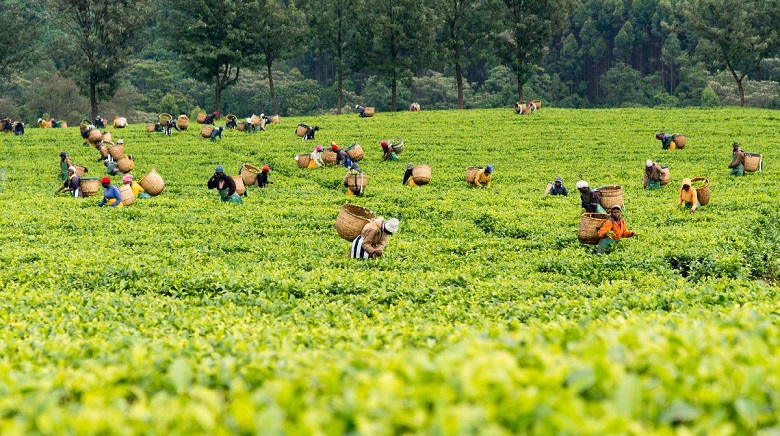Kapchorua Tea Company Limited is considering reducing its operating costs which if not ‘will be unsustainable’ following the profit warning for the financial year ending 31 March 2019.
The Kenya-based listed company that trades at the Nairobi Securities Exchange says its earnings could be at least 25% lower than those of the financial year ended 31 March 2019 on high operating expenses.
“The anticipated decline in full year’s profit is attributed in part to uneven and unpredictable weather patterns but more so to the inability to control the aggressive and rising labour costs and the lower prices fetched during the period as a result of the market forces of supply and demand,” said E.N. Wanjama, the Board Chair.
The firm also says its wage and other benefits increases dating back to 2016 require huge financial provisions “Which if repeated will be unsustainable’. “The Board of Directors and Management are taking appropriate measures on cost-cutting wherever possible.”
September 2016, Kapchorua Tea Company recorded a pre-tax loss of Ksh 128.1 million after the company registered Ksh 143.4 million in profits the year 2015.
That year’s turnover stood at Ksh 675 million as compared to Ksh 525 million in 2015.
According to the financial statement released by the company then, turnover increased by 29 percent due to
higher crops. (1,591) 214,330 Higher crops throughout tea growing areas depressed prices to very low
levels last seen in 2014.
The cost of production continued too rise which when Coupled with low prices, resulted to a loss.
“In June 2016, an Industrial Court judgement awarded over 50 percent wage and benefit increases to
our workers for years 2014 and 2015,” read part of the statement.
Williamson Tea Kenya and Kapchorua Tea announced half-year profit losses for the period to September 2018 on depressed tea prices and high operating expenses.
Williamson posted a KSh85 million net loss, compared to 2017 profit of KSh43.4 million.
Kapchorua Tea’s after-tax loss increased to KSh76.5 million from 2017 loss of KSh14.5 million.
Thus, they had issued a gloomy forecast for their future. “The amount of tea on offer remains high and unless this situation alters and less supply materializes, we do not envisage much change to demand. The future, therefore, remains unpredictable with the advantage on the buying side as we approach the last quarter.”




